Crab-eating Raccoon
- January 15, 2024
- 0 comment
The Crab-eating Raccoon, scientifically known as Procyon cancrivorus, is a captivating species native to the lush coastal environments of Central and South America, including regions like Panama, Colombia, and Brazil. Renowned for its distinctive preference for crabs, this raccoon species has earned its name due to its unique diet and exceptional hunting skills. Sporting a mix of dark and light bands on its fur, the Crab-eating Raccoon boasts adaptive paws and limbs designed for catching and consuming crabs with remarkable efficiency.
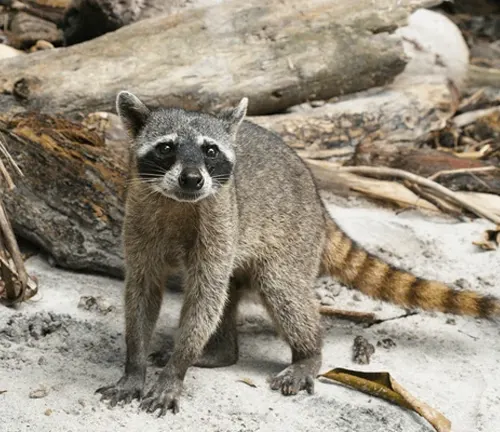
Beyond its striking physical features, these raccoons exhibit a fascinating array of behaviors, from tool use and problem-solving to their ability to navigate urban settings. While their primary habitat is coastal, they have showcased adaptability to human-made structures, making them a subject of interest for both wildlife enthusiasts and researchers. As an omnivorous species, Crab-eating Raccoons incorporate a variety of foods into their diet, including fruits, insects, and small vertebrates. Despite their adaptability, these raccoons face threats such as habitat loss and pollution, prompting conservation efforts to ensure their survival. Overall, the Crab-eating Raccoon stands as an enigmatic creature, contributing to the rich biodiversity of its native ecosystems and captivating those fortunate enough to encounter it.
| Characteristic | Description |
|---|---|
| Scientific Name | Procyon cancrivorus |
| Habitat | Coastal environments, including mangroves, estuaries, and marshes; adaptable to urban settings |
| Physical Features | Distinctive fur patterns with dark and light bands; adaptive paws and limbs for efficient crab-catching |
| Diet | Primarily crabs, showcasing specialized hunting skills; omnivorous, including fruits, insects, and small vertebrates |
| Geographic Range | Central and South America, with notable presence in Panama, Colombia, and Brazil |
| Behavioral Traits | Nocturnal in nature; exhibits tool use and problem-solving skills; adapts to urban environments; social interactions observed |
| Conservation Status | Not currently classified as endangered; faces threats like habitat loss and pollution, prompting conservation efforts |
| Cultural Significance | Holds cultural importance in various indigenous communities; symbolizes adaptability and resilience |
| Interaction with Humans | May pose challenges in urban settings; contributes to pest control; efforts to mitigate human-wildlife conflict through education and protective measures |
| Average Lifespan | Typically around 7-10 years in the wild, influenced by environmental conditions and factors |
| Swimming Ability | Adept swimmers, utilizing aquatic environments for hunting and navigation |
| Adaptations and Evolution | Exhibits evolutionary traits for survival; behavioral adaptations include tool use and problem-solving in challenging environments |
| Ecological Role | Contributes to ecosystem balance by controlling crab and insect populations; interacts with other species in complex ecological webs |
| Conservation Efforts | Focus on preserving natural habitats, raising awareness, and implementing protective measures to ensure the species’ survival |
| Human-Wildlife Coexistence | Challenges and benefits in urban areas; responsible wildlife viewing practices recommended; emphasizes coexistence through education and awareness |
Crab-eating Raccoon: Exploring the Enigmatic Coastal Creature
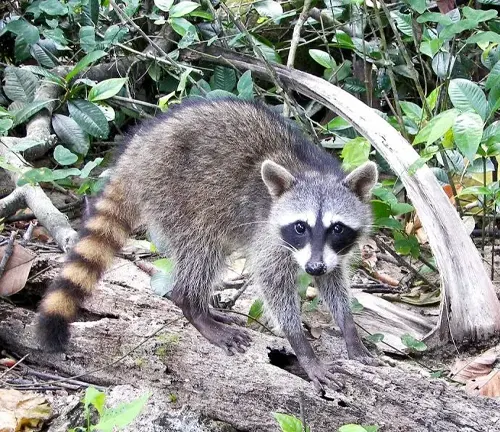
Crab-eating raccoons, scientifically known as Procyon cancrivorus, are captivating creatures that inhabit coastal environments, displaying a range of distinctive behaviors and features.
Crab-eating raccoons are a species of raccoon known for their preference for crabs as a primary food source. With a scientific name that translates to “crab-devouring raccoon,” these mammals are native to regions with coastal ecosystems.
Beyond their dietary habits, crab-eating raccoons exhibit fascinating behavior, making them a subject of interest for wildlife enthusiasts and researchers alike. From their adaptive paws to their distinctive fur patterns, these creatures have evolved uniquely to thrive in their chosen habitats.
Natural Habitat of Crab-eating Raccoon
Coastal Environments
One of the defining features of crab-eating raccoons is their affinity for coastal areas. Mangroves, estuaries, and marshes are their preferred habitats, providing an abundance of crabs and other aquatic creatures.
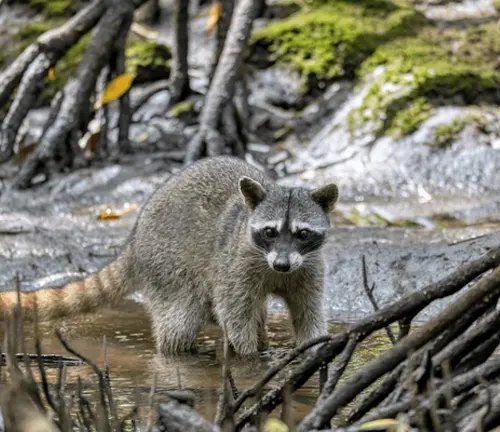
Adapting to Urban Settings
Interestingly, these raccoons have shown adaptability to urban environments, navigating human-made structures and coexisting near human populations.

Physical Features of Crab-eating Raccoon
Distinctive Fur Patterns
Identifiable by their unique fur patterns, crab-eating raccoons often have a mix of dark and light bands on their fur, providing camouflage in their natural surroundings.
Adaptive Paws and Limbs
Their paws and limbs are well-adapted for crab-catching, featuring sharp claws and dexterous fingers that aid in hunting and manipulating food.
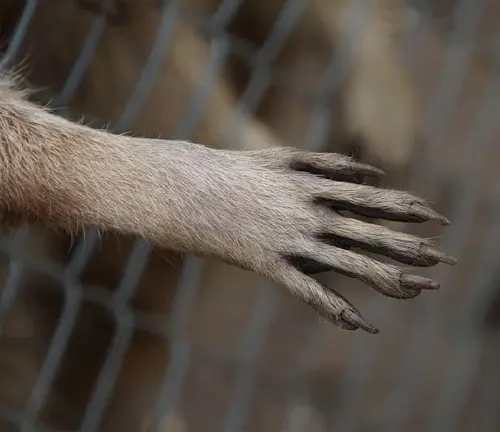
Diet and Feeding Habits
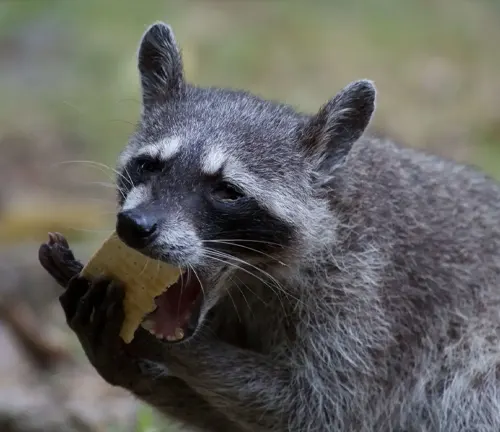
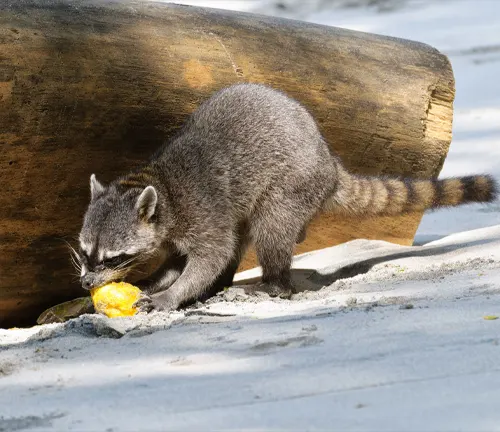
Preference for Crabs
As the name suggests, crabs constitute a significant portion of their diet. Their specialized skills in catching and consuming crabs make them efficient hunters in their coastal habitats.
Omnivorous Nature
While crabs are a staple, these raccoons are omnivorous, incorporating a variety of foods into their diet, including fruits, insects, and small vertebrates.
Geographic Distribution
Regions with Crab-eating Raccoon Population
Crab-eating raccoons are primarily found in Central and South America, with a notable presence in countries like Panama, Colombia, and Brazil.
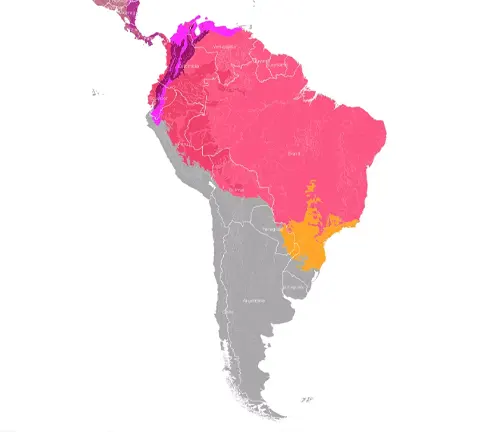
Migration Patterns
Understanding their migration patterns is crucial for conservation efforts, as changes in environmental conditions can impact their populations.
Interaction with Humans
Challenges and Benefits
The proximity of crab-eating raccoons to human settlements poses both challenges and benefits. While conflicts may arise, these creatures also play a role in pest control, particularly in urban areas.
Mitigating Human-Wildlife Conflict
Efforts to mitigate conflict involve education on coexistence, secure waste management, and establishing protected habitats for the raccoons.
Conservation Status
Threats to the Species
Despite their adaptability, crab-eating raccoons face threats such as habitat loss, pollution, and hunting, impacting their populations.
Conservation Efforts
Conservation initiatives focus on preserving their natural habitats, raising awareness, and implementing protective measures to ensure the survival of the species.

Observing Crab-eating Raccoons
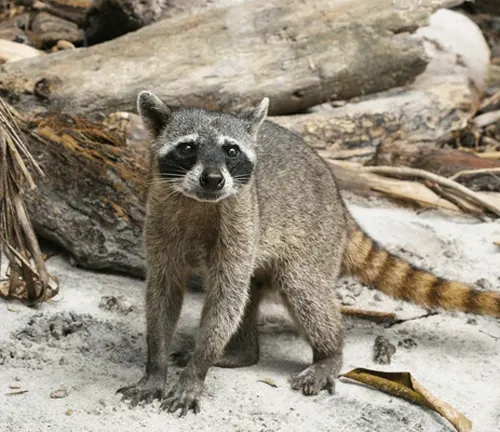
Responsible Wildlife Viewing
For those eager to observe these raccoons in the wild, responsible viewing practices are essential to minimize disturbance.
Tips for Observing in the Wild
Tips for observers include maintaining a safe distance, avoiding feeding, and respecting their natural behaviors.
Threats to Crab-eating Raccoons
Human-induced Dangers
Human activities, including deforestation and pollution, pose significant threats to the habitats crucial for the survival of crab-eating raccoons.
Impact of Climate Change
The changing climate affects the availability of their preferred habitats, emphasizing the need for proactive conservation measures.
Adaptation and Evolution
Evolutionary Traits
Understanding the evolutionary traits of crab-eating raccoons provides insights into their ability to adapt to diverse environments.
Behavioral Adaptations
Behaviors such as tool use and problem-solving showcase their adaptive strategies for survival in challenging environments.
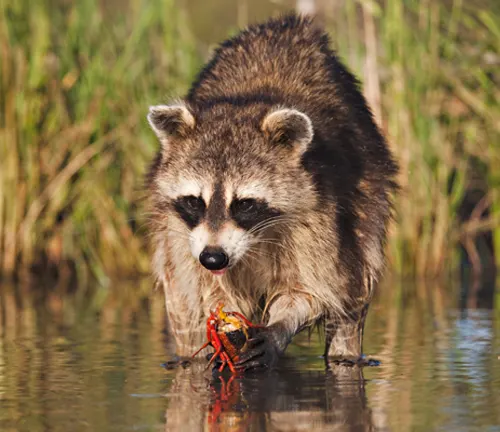
Ecological Role
Contribution to Ecosystems
Crab-eating raccoons contribute to ecosystem balance by controlling crab and insect populations, influencing the health of coastal ecosystems.
Interactions with Other Species
Their interactions with other species, both symbiotic and competitive, contribute to the complex web of life in their habitats.
Different Species of Crab-eating Raccoon
Common Raccoon
(Procyon lotor)
The most well-known raccoon species, recognized for its distinctive black mask and ringed tail. Common raccoons are adaptable and found in a variety of habitats, including urban areas.

Ring-tailed Raccoon
(Procyonoides leucotis)
Native to Central America and Mexico, ring-tailed raccoons are characterized by their long, bushy tails with distinctive rings. They have a similar appearance to common raccoons.
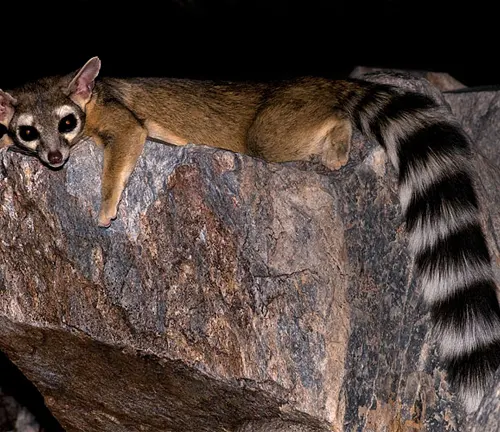
Tres Marias Raccoon
(Procyon insularis)
Endemic to the Tres Marias Islands off the western coast of Mexico, this raccoon species is smaller in size compared to its mainland relatives.
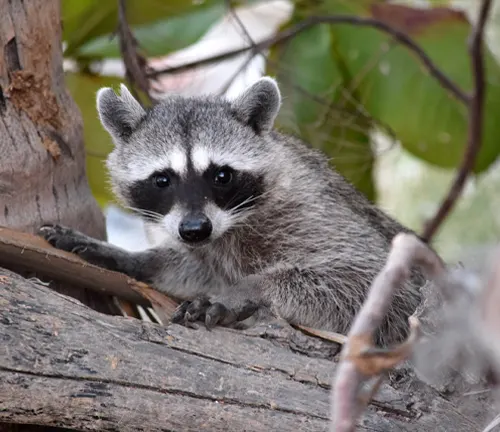
Guadeloupe Raccoon
(Procyon minor)
Found on Guadeloupe Island in the Caribbean, this raccoon species is smaller than the common raccoon and has a more limited distribution.
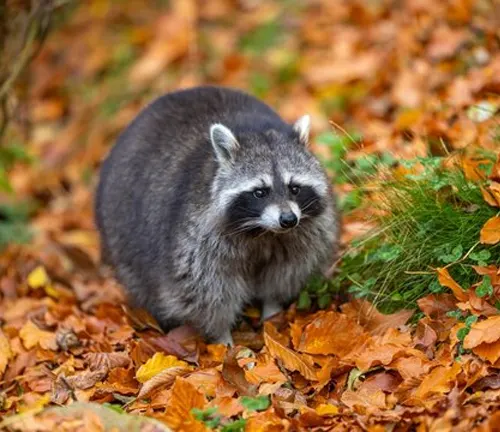
Cozumel Raccoon
(Procyon pygmaeus)
Endemic to Cozumel Island in Mexico, these raccoons are known for their smaller size and adapted behaviors on the island.
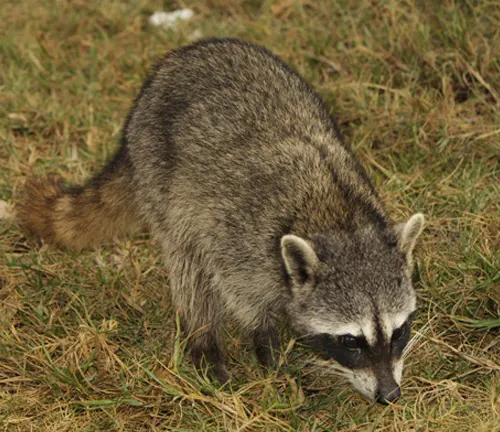
Frequently Asked Question (FAQs)
- Are Crab-eating Raccoons a separate species from common raccoons?
Yes, Crab-eating Raccoons (Procyon cancrivorus) are a distinct species with specific characteristics and habitat preferences. - Why do Crab-eating Raccoons prefer crabs in their diet?
Crab-eating Raccoons have adapted to coastal environments where crabs are abundant, making them a primary and easily accessible food source. - How do Crab-eating Raccoons hunt for crabs?
They use their sharp claws and dexterous fingers to catch crabs in coastal areas, demonstrating remarkable hunting skills. - Can Crab-eating Raccoons survive in urban settings?
Yes, they have shown adaptability to urban environments, navigating human-made structures and finding food sources. - What is the geographic range of Crab-eating Raccoons?
They are primarily found in Central and South America, including countries like Panama, Colombia, and Brazil. - Do Crab-eating Raccoons migrate, and if so, why?
Yes, they may exhibit migratory patterns influenced by environmental conditions, food availability, and breeding requirements. - Are Crab-eating Raccoons endangered?
While not currently classified as endangered, they face threats such as habitat loss and pollution, warranting conservation attention. - Can Crab-eating Raccoons be kept as pets?
No, keeping them as pets is not recommended, as they are wild animals with specific dietary and environmental needs. - How do Crab-eating Raccoons contribute to ecosystem balance?
They control crab and insect populations, playing a role in maintaining the health of coastal ecosystems. - What are the behavioral adaptations of Crab-eating Raccoons?
Behavioral adaptations include tool use, problem-solving skills, and social interactions that aid in their survival. - Do Crab-eating Raccoons have predators in the wild?
While they are skilled hunters, they may face predation from larger carnivores, birds of prey, and even snakes in certain regions. - How do conservation efforts impact Crab-eating Raccoon populations?
Conservation efforts focus on preserving their natural habitats, mitigating human-wildlife conflict, and raising awareness to ensure their survival. - Can Crab-eating Raccoons swim?
Yes, they are adept swimmers and use aquatic environments for hunting and navigating their territories. - What is the lifespan of a Crab-eating Raccoon in the wild?
In the wild, their lifespan is typically around 7-10 years, though various factors, including environmental conditions, can influence this. - Are Crab-eating Raccoons nocturnal or diurnal?
They are primarily nocturnal, meaning they are more active during the night, which aligns with their hunting and foraging behaviors.


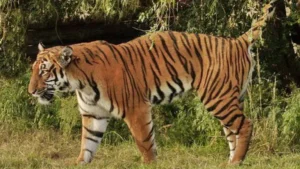
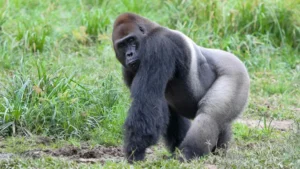


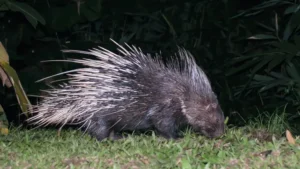


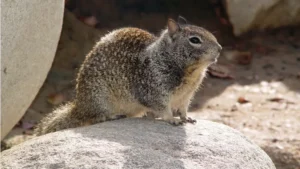
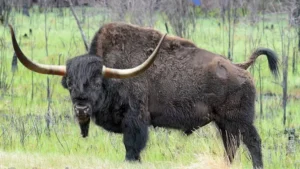


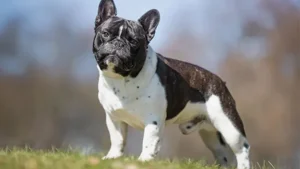
Leave your comment